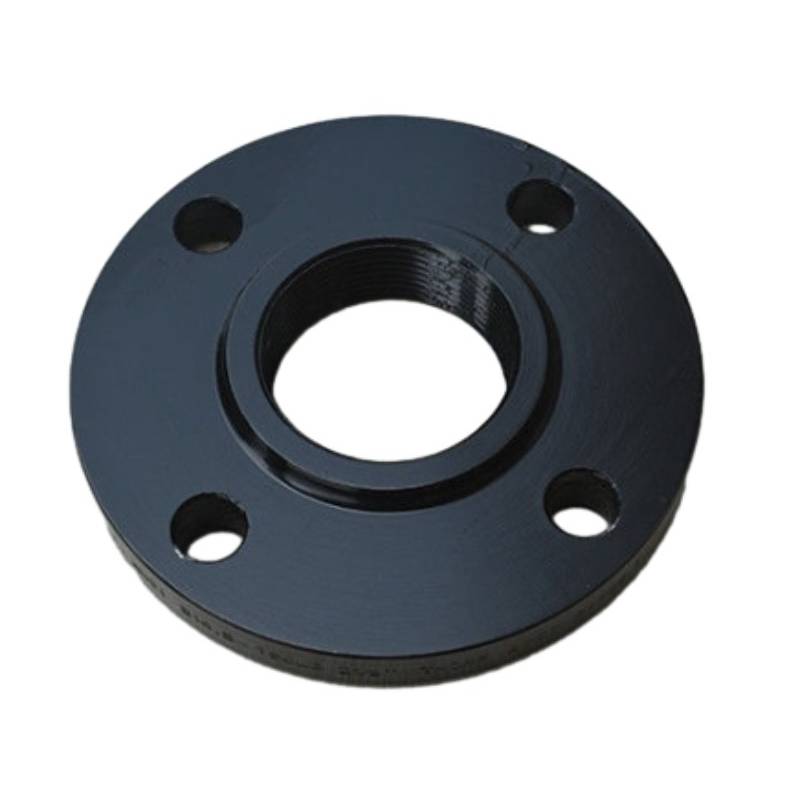-
Cangzhou Yulong Steel Co., Ltd.
-
Phone:
+86 13303177267 -
Email:
admin@ylsteelfittings.com
- English
- Arabic
- Italian
- Spanish
- Portuguese
- German
- kazakh
- Persian
- Greek
- French
- Russian
- Polish
- Thai
- Indonesian
- Vietnamese
- Zulu
- Korean
- Uzbek
- Hindi
- Serbian
- Malay
- Ukrainian
- Gujarati
- Haitian Creole
- hausa
- hawaiian
- Hebrew
- Miao
- Hungarian
- Icelandic
- igbo
- irish
- Japanese
- Javanese
- Kannada
- Khmer
- Rwandese
- Afrikaans
- Albanian
- Amharic
- Armenian
- Azerbaijani
- Basque
- Belarusian
- Bengali
- Bosnian
- Bulgarian
- Catalan
- Cebuano
- China
- China (Taiwan)
- Corsican
- Croatian
- Czech
- Danish
- Esperanto
- Estonian
- Finnish
- Frisian
- Galician
- Georgian
- Kurdish
- Kyrgyz
- Lao
- Latin
- Latvian
- Lithuanian
- Luxembourgish
- Macedonian
- Malgashi
- Malayalam
- Maltese
- Maori
- Marathi
- Mongolian
- Myanmar
- Nepali
- Norwegian
- Norwegian
- Occitan
- Pashto
- Dutch
- Punjabi
- Romanian
- Samoan
- Scottish Gaelic
- Sesotho
- Shona
- Sindhi
- Sinhala
- Slovak
- Slovenian
- Somali
- Sundanese
- Swahili
- Swedish
- Tagalog
- Tajik
- Tamil
- Tatar
- Telugu
- Turkish
- Turkmen
- Urdu
- Uighur
- Welsh
- Bantu
- Yiddish
- Yoruba

Nov . 25, 2024 12:00 Back to list
stainless steel pipe bending
The Art and Science of Bending Stainless Steel Pipes
Stainless steel pipes are widely used in various industries due to their excellent corrosion resistance, high strength, and aesthetic appeal. One of the critical manufacturing processes that ensure these pipes can fit into different designs and applications is bending. This article explores the importance, techniques, and advantages of bending stainless steel pipes.
Importance of Bending
In many applications, such as construction, automotive, and aerospace, straight stainless steel pipes may not meet the spatial and functional requirements. Bending allows these pipes to fit into complex structures and align with other components efficiently. For instance, in plumbing systems, bends enable pipes to navigate through walls or around obstacles.
Moreover, bending plays a significant role in enhancing the design versatility of stainless steel pipes. Architects and engineers opt for bent pipes to create aesthetically pleasing designs that also comply with functional needs. The ability to seamlessly incorporate curves and angles into the structure can result in both practical solutions and visual harmony.
Techniques of Bending
There are several techniques used for bending stainless steel pipes, each with its unique advantages. The choice of technique depends on factors such as the pipe's diameter, wall thickness, and the desired bend radius. Below are the most commonly used methods
1. Mandrel Bending This technique uses a mandrel, a support tool placed inside the pipe, to maintain its shape during the bending process. Mandrel bending minimizes the likelihood of crimping and provides a smooth bend. It is particularly useful for high-quality finishes and complex shapes, making it ideal for architectural applications.
2. Rotary Draw Bending In this method, the pipe is fed into a machine where a bend die and a clamp hold it in place. A loader then pushes the pipe around the bend die, allowing for precise control of the bending radius. This technique is favored for its accuracy and is often used in the automotive industry for exhaust systems and roll cages.
3. Compression Bending This simpler method involves forcing the pipe around a stationary die. It is suitable for larger diameters and simpler profiles, but users must be cautious about wall thinning and distortion, which can occur if not executed correctly.
stainless steel pipe bending

4. Hybrid Bending This technique combines elements of both rotary draw and compression bending, offering the flexibility to create complex geometries while maintaining high precision. It is particularly beneficial for custom designs that require multiple angles and bends.
Advantages of Bending Stainless Steel Pipes
Bending stainless steel pipes offers numerous advantages, making it a preferred choice across various industries
- Strength and Durability Stainless steel is inherently robust, and bending it does not compromise its strength. The resulting bends maintain the structural integrity essential for critical applications.
- Corrosion Resistance Stainless steel's resistance to rust and corrosion ensures longevity, especially in environments where exposure to moisture and chemicals is prevalent. Bends do not alter this fundamental property.
- Aesthetic Flexibility With the increasing emphasis on design in engineering, the ability to bend stainless steel pipes allows for creative solutions that enhance visual appeal without sacrificing functionality.
- Cost-Efficiency By utilizing pipes that can be easily bent, manufacturers can reduce the number of fittings and joints needed in a system. This results in lower material costs and reduced assembly time, contributing to overall efficiency.
- Customizability Bending technology allows for custom designs tailored to specific requirements. This flexibility is valuable for one-off projects or specialized applications, enabling engineers to push the boundaries of traditional designs.
Conclusion
Bending stainless steel pipes is a sophisticated process that combines artistry and engineering precision. As the demand for innovative and efficient designs continues to rise, the techniques and advantages of bending will further solidify stainless steel’s role as a premier material in various industries. Embracing modern bending technologies will not only enhance functionality but also elevate the aesthetic quality of modern constructions, making stainless steel pipes a true testament to form and function.
Latest news
-
ANSI 150P SS304 SO FLANGE
NewsFeb.14,2025
-
ASTM A333GR6 STEEL PIPE
NewsJan.20,2025
-
ANSI B16.5 WELDING NECK FLANGE
NewsJan.15,2026
-
ANSI B16.5 SLIP-ON FLANGE
NewsApr.19,2024
-
SABS 1123 FLANGE
NewsJan.15,2025
-
DIN86044 PLATE FLANGE
NewsApr.19,2024
-
DIN2527 BLIND FLANGE
NewsApr.12,2024
-
JIS B2311 Butt-Welding Fittings LR/SR 45°/90° /180°Seamless/Weld
NewsApr.23,2024











